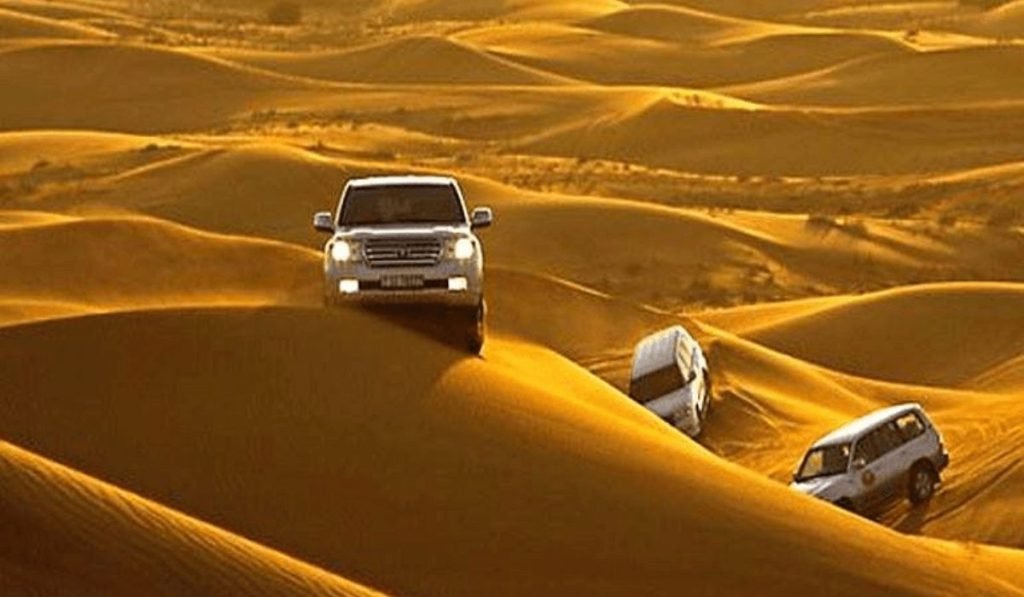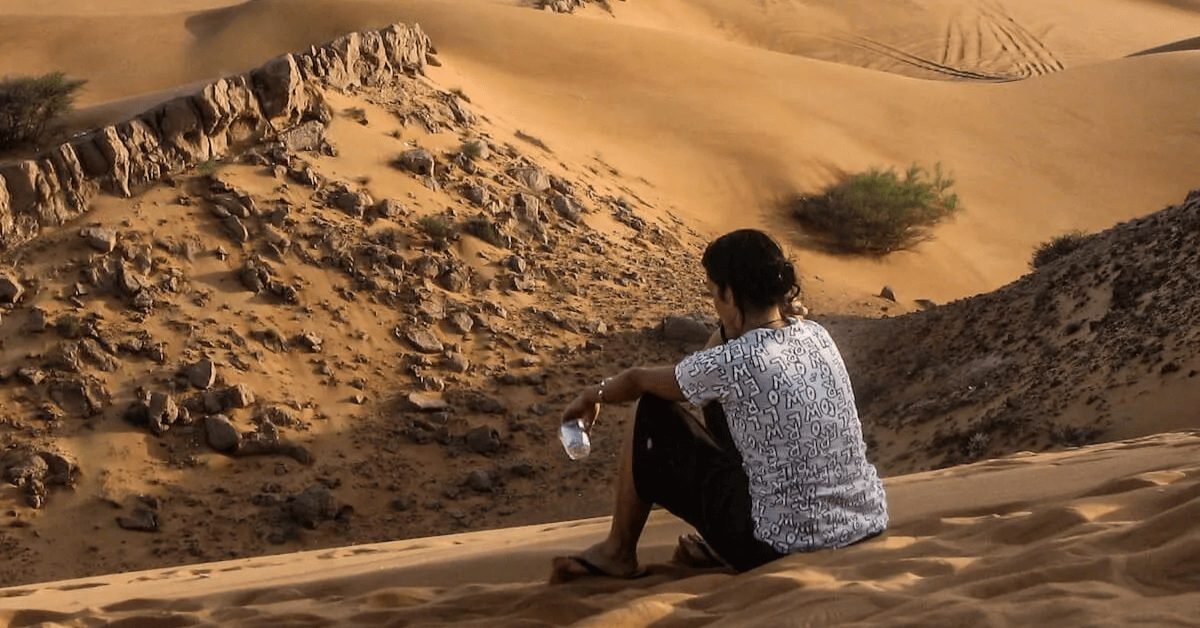Sand dunes are majestic natural formations that dot the landscapes of deserts around the world. These breathtaking formations not only captivate the eye but also hold fascinating scientific explanations behind their creation. In the sandy deserts of Dubai, where desert safaris are a popular tourist attraction, one can delve into the intricacies of sand dune formation while enjoying an adventure-filled journey.
Sand dunes are created by the continuous interaction between wind, sand particles, and the environment. They can vary in size, shape, and composition, showcasing nature’s artistic handiwork. Dubai, known for its vast deserts, provides a unique opportunity to explore these formations and understand the science behind their existence.
The Importance of Sand Dune Formation

Beyond their visual appeal, sand dunes play a crucial role in the ecological balance of desert ecosystems. They act as natural barriers, protecting the land from wind erosion and serving as habitats for a variety of plant and animal species. Sand dunes also contribute to the overall landscape diversity, adding a sense of grandeur to the otherwise arid surroundings.
Factors Influencing Sand Dune Formation
Several factors contribute to the formation of sand dunes. The primary driving force is wind, which determines the direction and intensity of sand movement. The availability of sand particles in deserts, along with the presence or absence of stabilizing factors such as vegetation, also influences the formation process.
The Science Behind Sand Movement
The process of sand movement begins with wind erosion, where the force of the wind lifts and transports individual sand grains. Depending on the wind strength and the weight of the sand particles, various mechanisms come into play. Saltation involves the bouncing movement of sand grains, suspension occurs when fine particles remain airborne, and creep refers to the gradual shifting of larger particles along the ground. These mechanisms contribute to the creation of different types of dunes.
Desert Safari in Dubai: A Learning Opportunity

Embarking on a desert safari in Dubai not only offers thrilling experiences but also provides a unique chance to learn about sand dune formation firsthand. Traveling across the desert landscape in a 4×4 vehicle or atop a camel, visitors can witness the various stages of dune development and gain a deeper understanding of the geological processes at work.
The Formation of Linear Dunes
One of the common types of dunes found in Dubai’s deserts is the linear dune. These dunes stretch in long, parallel lines and are formed due to consistent wind direction. As the wind blows in a specific direction, it pushes sand grains together, creating elongated ridges. Linear dunes can reach impressive lengths and showcase the power of wind shaping the desert landscape.
The Formation of Barchan Dunes
Barchan dunes are crescent-shaped formations that often appear isolated in the desert. They have a gentle slope on the windward side and a steeper slope on the leeward side. These dunes form when the wind blows predominantly from one direction, causing sand to accumulate and build up on the sheltered side. Barchan dunes migrate slowly, constantly changing their shape under the influence of wind.
The Formation of Parabolic Dunes
Parabolic dunes resemble inverted barchan dunes, with their curved arms facing the wind. They typically form in areas with abundant vegetation that acts as an anchor, stabilizing the sand. As the wind blows over the vegetation, it causes sand to accumulate in the sheltered area, forming parabolic dunes. These dunes can grow to significant heights and showcase the interaction between wind, sand, and vegetation.
The Formation of Star Dunes
Star dunes are unique and complex formations characterized by multiple arms radiating from a central point. They often appear in areas with variable wind patterns and are influenced by winds blowing from different directions. As the wind interacts with the sand, it creates diverse ridges and peaks, giving rise to the star-like shape. Star dunes can reach considerable heights and exhibit intricate patterns sculpted by the forces of nature.
Human Impact on Sand Dunes
While sand dunes hold immense natural beauty, they are also vulnerable to human activities. Unregulated tourism and off-road driving can cause significant damage to these delicate ecosystems. Recognizing the importance of sand dunes, Dubai has implemented conservation efforts and sustainable tourism practices to minimize the negative impact on these natural formations. Responsible tourism ensures the preservation of sand dunes for future generations to enjoy and learn from.
Conclusion
Sand dunes, with their awe-inspiring formations, are a testament to the power of nature and the scientific processes that shape our world. Understanding the science behind sand dune formation adds a layer of appreciation for these magnificent landscapes. Exploring the deserts of Dubai through a desert safari not only offers adventure and excitement but also provides an opportunity to learn about the intricate relationship between wind, sand, and the formation of these captivating dunes.

